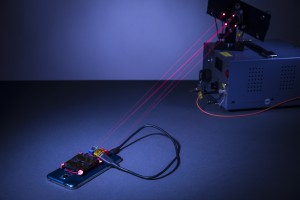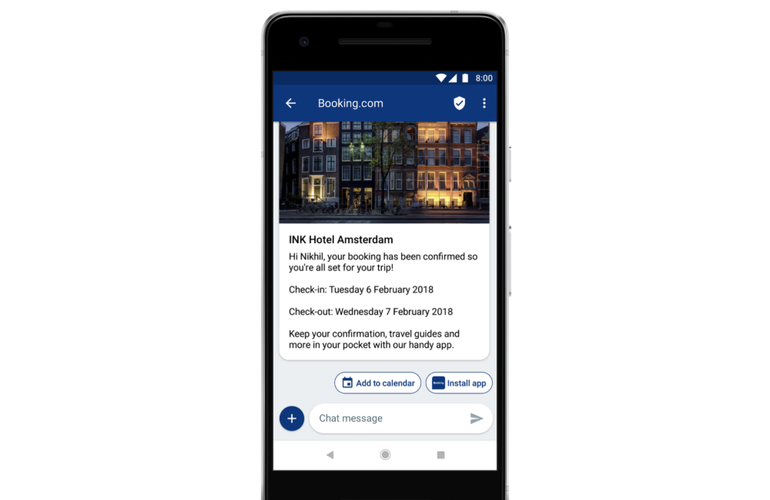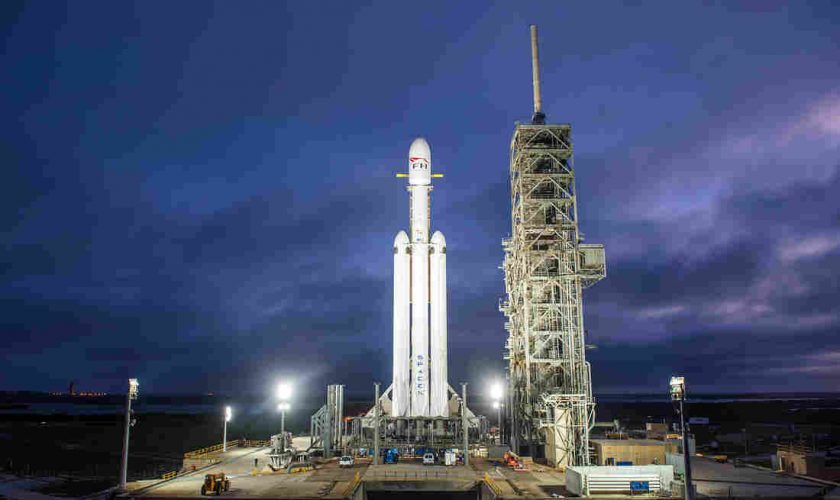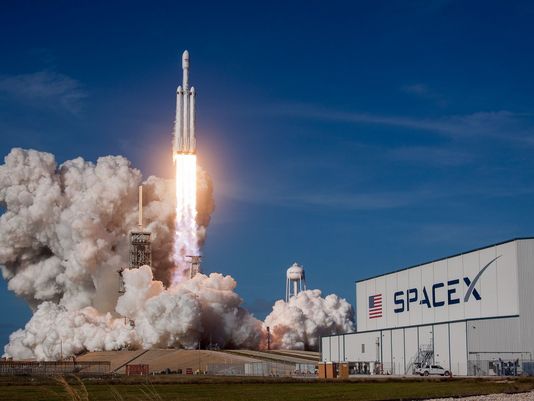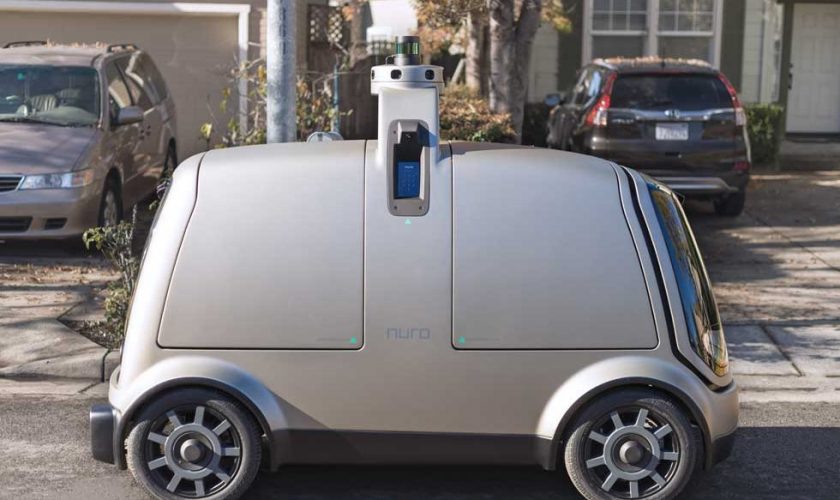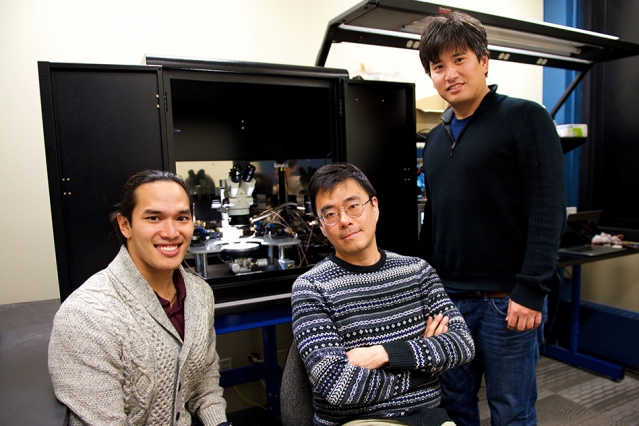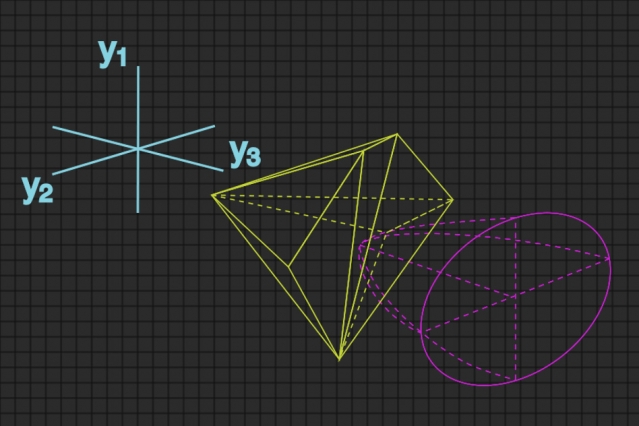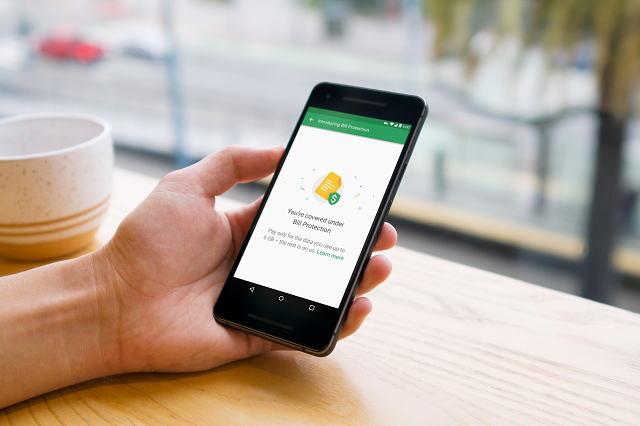Wireless Charging made Easier!
Today’s generation of smartphone usage means that we can do a lot of things wirelessly, be it sending messages or receiving them, watching our favorite Netflix shows online or listening to music, taking a photo or selfie and sharing it with our family, all this and more happens wirelessly. But what about charging our phones? We have still not been able to move away from connecting our phones to a power outlet through a wire. Soon every gadget can do wireless charging .
Scientists are now changing all that with their latest discovery in wireless charging. Researchers have now come up with a way in which a phone charged through wireless charging with a laser beam all by taking into account various safety measures. By placing your phone anywhere in a room, your phone will be able to get charged wirelessly without the need of any cords or wires.
How can you do wireless charging to your phone through a laser?
Researchers have come up with a way to wireless charging of your phone sitting across a room with a narrow beam of laser. You simply place your phone on a table top or any other surface in a room and your phone will begin to charge wirelessly.
This discovery may be able to charge your phone as fast as a normal USB cable would and charging too starts automatically.
How did researchers come to wireless charging?
Researchers placed a thin power cell on the back of the phone to charge the phone through it. The laser beam would connect to the power cell on the smartphone and begin to wireless charging the phone.
This narrow charging beam comes from a laser emitter that emits the laser in near infrared spectrum. The narrow beam of laser can deliver a steady 2W of power to a 15 square inch of a particular area at a distance of upto 4.3 meters. The laser emitter can even be made to expand the area of coverage potentially allowing charging a phone form any wider surface area.
Researchers have also come up with a way by which the laser will begin to charge the phone. They configured the phone to emit high-frequency chirps as a signal for the laser beam to begin charging the phone. This sound is inaudible to the human ears but will be picked up by the laser emitter.
Safety measures for wireless charging via laser:
Researchers have taken extreme care while developing this method of charging phones wirelessly. They have placed aluminum strips around the power cell attached to the phone to dissipate any excess heat given off by the beam. A thermo electric generator is also placed near the power cell to harvest the excess heat which also aids in charging the phone.
Researchers have also placed “guard beams” located on the laser emitter that stop the charging laser when the guard laser path to the phone is obstructed. Researchers have also 3D printed retroreflectors on the power cell to reflect the lower powered guard laser beams from the laser emitter. When a person walks through the guard laser, a shutter automatically comes over the charging laser effectively blocking any charge to the phone. This all happens very fast taking into account normal human movements.







